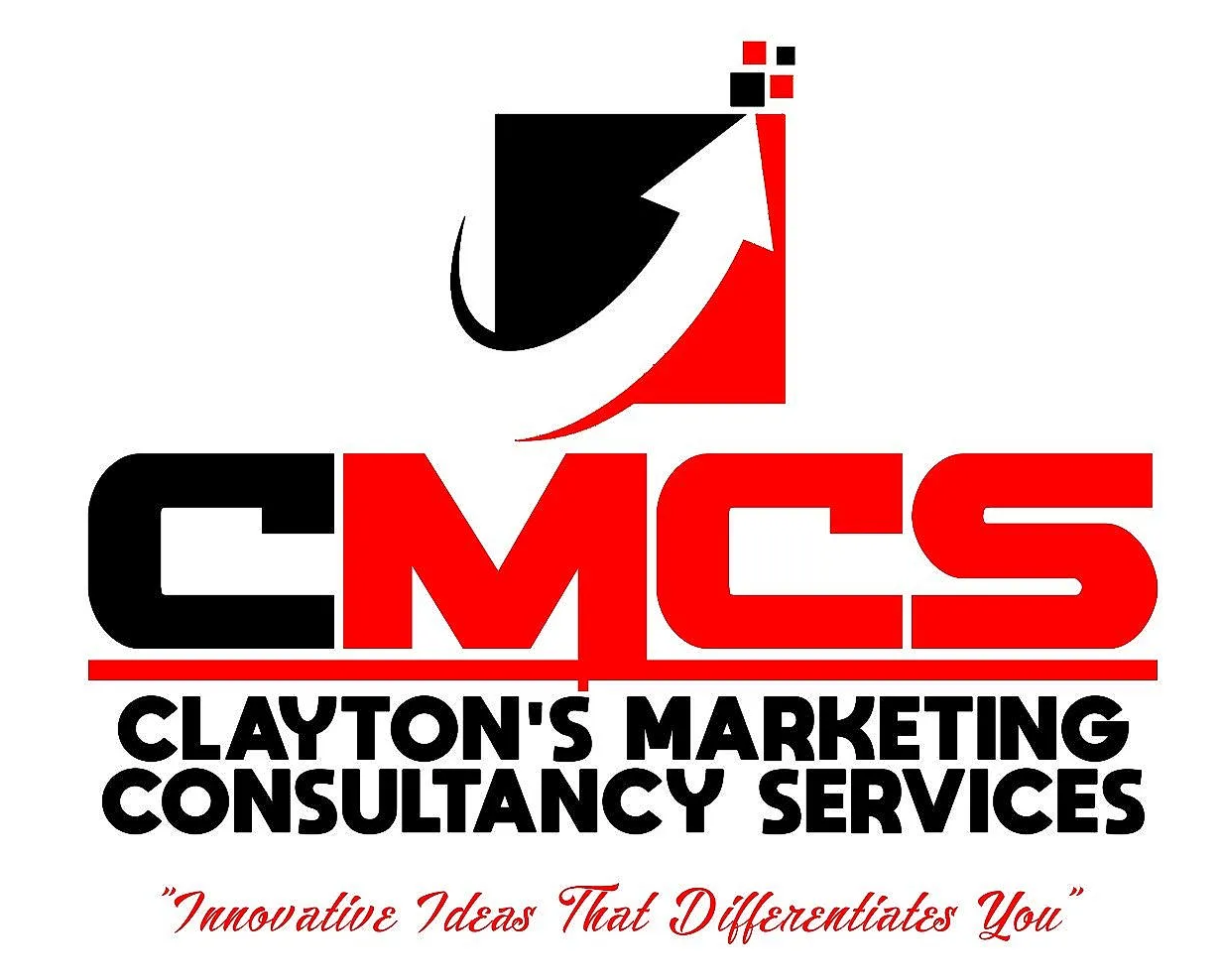Creating Customer Value Through Profitable Relationships

Most companies around the world share one common goal; that of placing the consumer at the heart of marketing. Today`s marketing is all about creating customer value and building profitable customer relationships. It starts with understanding consumer needs and wants, determining which target market the organization can serve best and developing a compelling value proposition by which the organization can attract and grow valued consumers. If the organization does these things well, it will reap the rewards in terms of market share, profits and customer equity.
The process of creating customer value and managing customer relationships heavily relies on;
- Studying and Analyzing the marketplace. Upon doing this, companies design value-added marketing strategies and integrated marketing programs that delivers customer value. By doing that, Marketers will be able to capture value from customers in the form of sales, profits and customer loyalty.
- Building and managing strong, value-creating brands. Modern day Marketers should seek to position their brands powerfully and manage them well as strong brand equity provides the basis upon which to build customer value and profitable customer relationships.
- Measuring and managing Return on Investment (ROI). Companies should ensure that their marketing dollars are well spent. Gone are the days when marketers spent freely on expensive marketing programs without even thinking carefully about the Return on their Investments. Measuring and managing (ROI) should therefore become an important part of strategic marketing decision making.
Consumers usually face a wide array of products and services that might satisfy a given need. How do they choose among these many market offerings? The answer to that is; they form expectations about the value and satisfaction that the product will deliver and so they purchase accordingly. Whenever customers are satisfied, they become repeat purchasers and they also inform others about their experiences. Dissatisfied customers often switch to competitors and disparage the product to others.
Marketers should therefore be careful when setting expectations. If they set expectations too low, they may satisfy those who purchase however, fail in their pursuit to attract enough consumers. If they set expectations too high, consumers will be disappointed. As such, customer value and customer satisfaction are key building blocks for developing and managing customer relationships.











